Luxury Market in Flux – LVMH, Hermes and Q1 Financial Insights
In the first quarter, key performers in the luxury sector experienced significant fluctuations that reflect both global economic trends and evolving consumer behavior. LVMH $LVMHF , the powerhouse behind brands such as Louis Vuitton, Dior, Tiffany & Co. and Sephora, temporarily lost its standing as Europe’s largest luxury group by market capitalization, succumbing to rival Hermes amid investor pessimism following underwhelming Q1 sales reports.
Subtle Shifts Among Industry Leaders
Amid the overall market uncertainty, shares of major luxury houses encountered notable corrections. LVMH failed to meet sales expectations in the United States, as consumers curtailed spending on cosmetics and fine spirits, while demand in China remained subdued. Consequently, LVMH shares experienced an over 8% drop during early trading sessions, reducing the company's market capitalization to €243.9 billion. This decline allowed competitor Hermes to momentarily overtake LVMH with a capitalization of €244.4 billion, before LVMH managed to recover to €247 billion.
This performance pressure was not borne by LVMH alone. Other key players in the luxury market also recorded downturns. Shares of Kering, the owner of Gucci, fell by 2.6%, while Hermes’ shares dropped by 1.5%. Similarly, Swiss conglomerate Richemont, which controls Cartier, saw a decline of 2.5%, and Italian cashmere brand Brunello Cucinelli lost 2.6% of its value, highlighting a sector-wide challenge.

Global Dynamics and Shifting Demand Patterns
A variety of factors are influencing the financial trajectory and future prospects of high-end luxury brands:
- Persistent economic uncertainty influencing consumer spending habits
- A slowdown in key markets, notably in the United States and China, which has been particularly evident in the cosmetics and spirit segments
- Intensified competition within the sector, prompting brands to innovate continuously in order to regain lost ground
Success Drivers and Sector Risks
Analyzing the current state of the luxury market reveals several critical aspects shaped by both internal and external factors. Established luxury brands benefit from robust distribution channels, strong brand equity, and a reputation for quality. However, increasing competition and economic instability also introduce significant risks. Consider, for instance, the following points:
• Global economic uncertainty that could suppress consumer spending in the short term
• A decline in demand for certain product categories amid worsening economic conditions
• Rising production costs driven by logistics challenges and currency fluctuations
• Intensifying competition from emerging players in the luxury segment
• The imperative to overhaul business models to adapt to new market realities, necessitating substantial investment in innovation and targeted marketing

Key Q1 Analysis and Observations
The quarterly review yields several notable insights:
1. Industry leaders are currently under pressure from shifts in consumer preferences and adverse global economic conditions.
2. Reduced spending on cosmetics and fine spirits in the United States underscores the need for brands to diversify their product portfolios.
3. Lackluster sales in China emphasize the importance of tailoring market strategies to regional consumer behavior.
4. The competitive landscape is pushing companies to reassess supply chain management and seek out untapped market segments.
5. Currency volatility and geopolitical instability remain critical factors that require continuous monitoring and agile responses.
Strategic Challenges and Future Prospects
Current trends in the luxury market indicate an urgent need for brands to integrate innovative solutions and reevaluate longstanding business models. Companies are actively working to optimize operations by refining cost-management strategies and developing more flexible long-term plans.

Among the top priorities are:
- Adopting state-of-the-art technologies to enhance operational efficiency
- Expanding and diversifying product offerings to appeal to evolving consumer tastes
- Strengthening market strategies through localized approaches and agile decision-making
- Reinforcing brand identity in an increasingly competitive and dynamic global market
As the global economic landscape continues to evolve, the challenges facing the luxury sector demand strategic foresight and adaptability. For industry giants such as LVMH and Hermes, the focus remains on leveraging established strengths while embracing innovation to navigate ongoing uncertainties. Long-term success in this competitive arena will be determined by the ability to reconcile traditional brand values with the demands of a modern, ever-changing market.



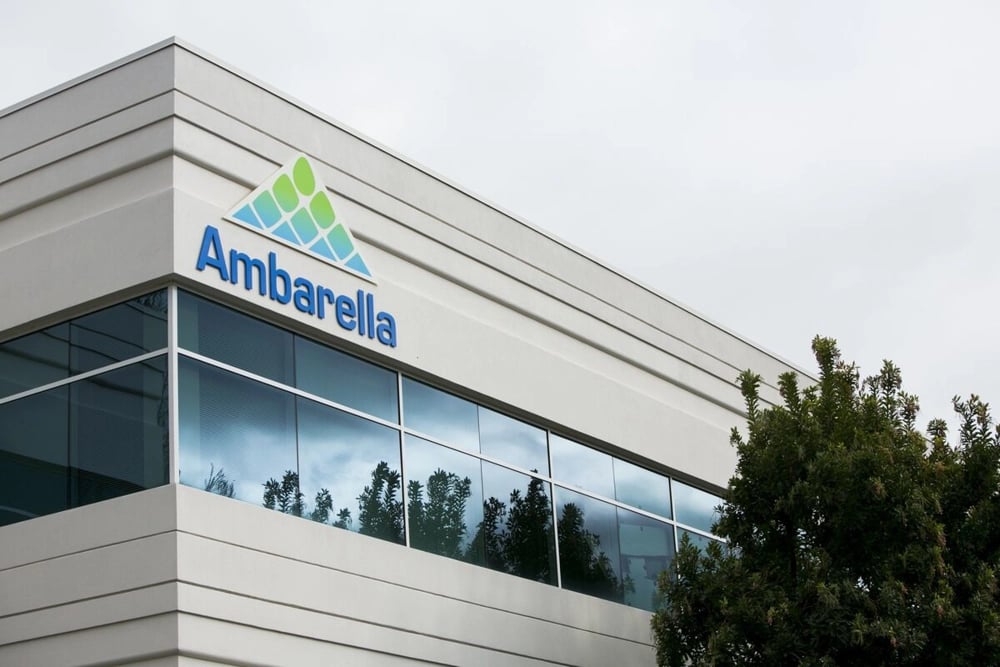
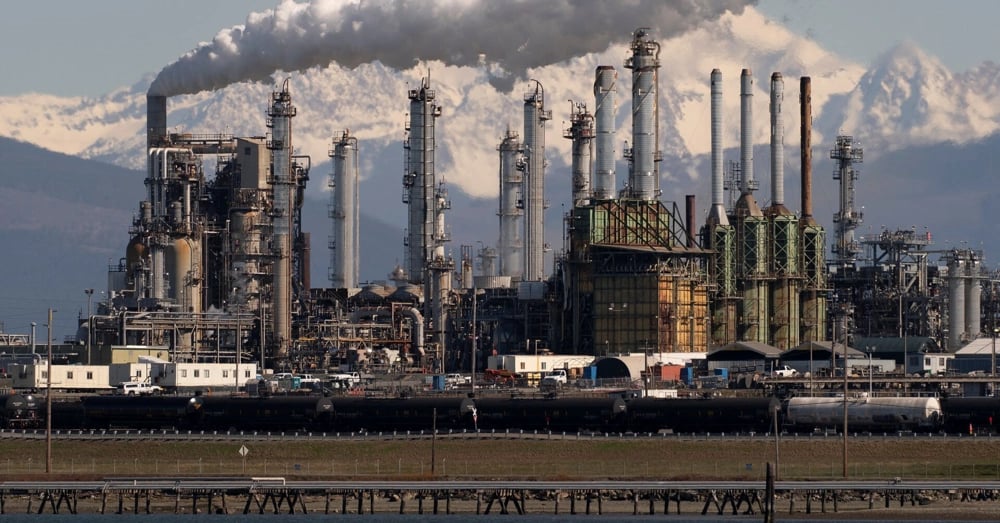
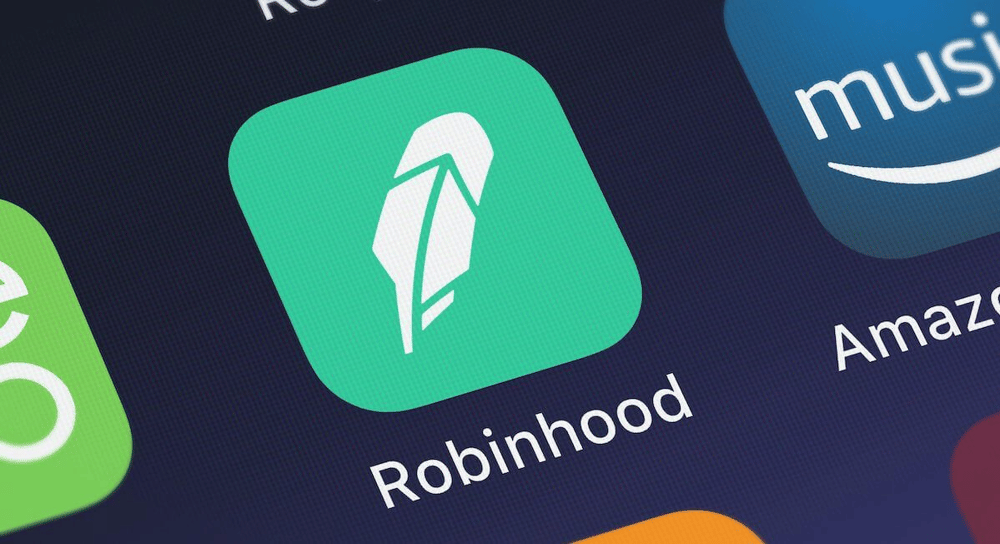


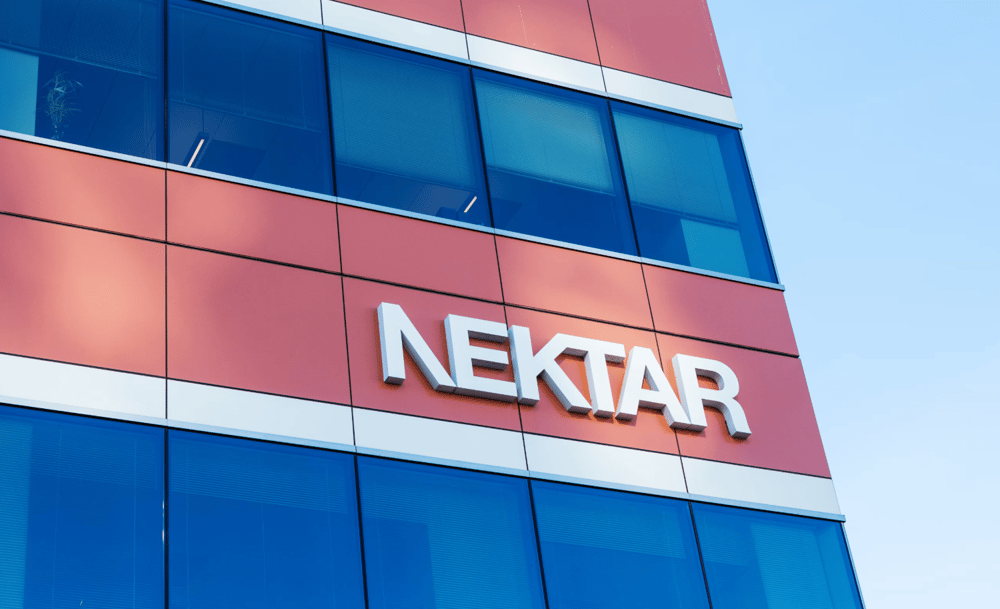
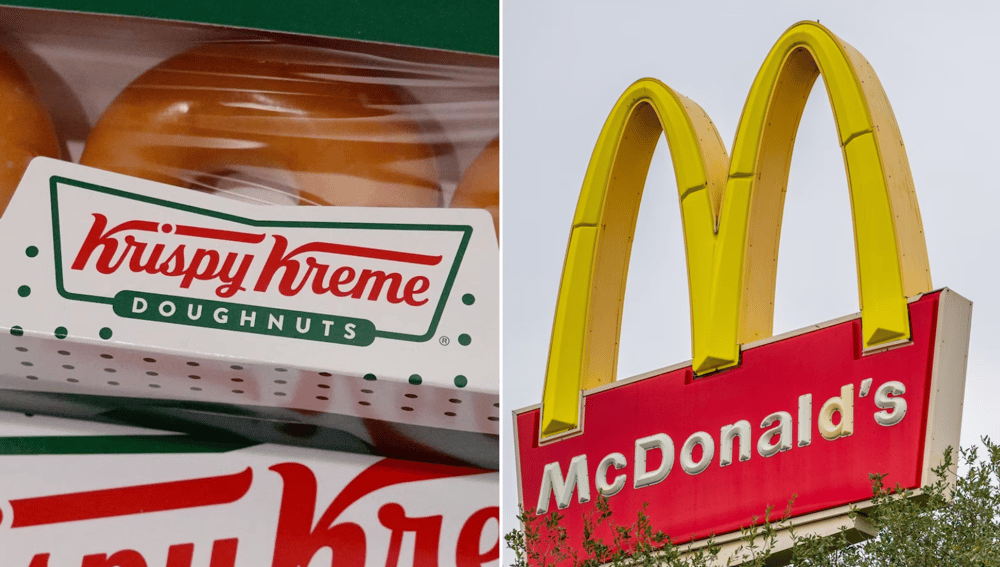

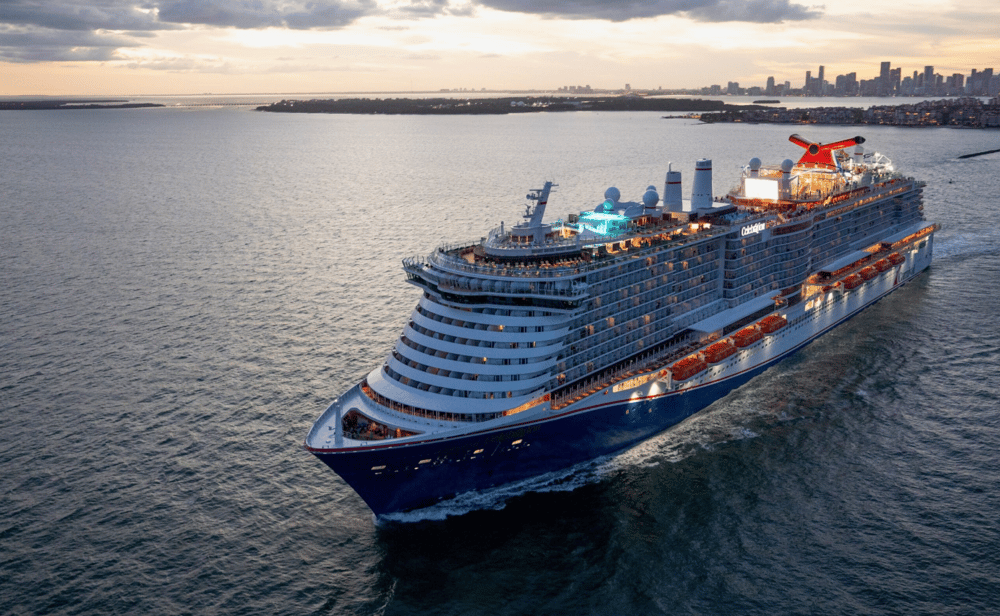


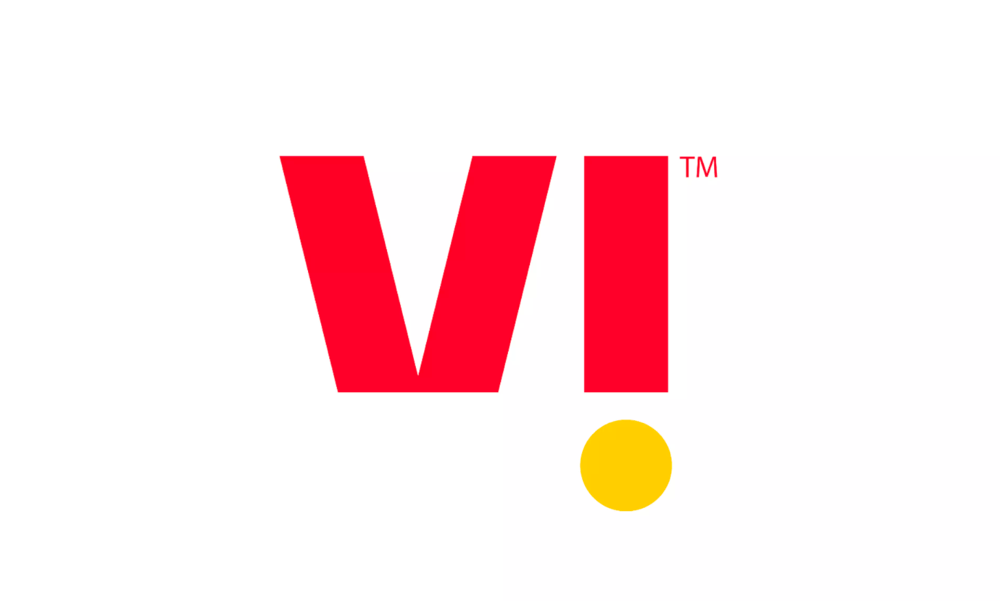
Comments